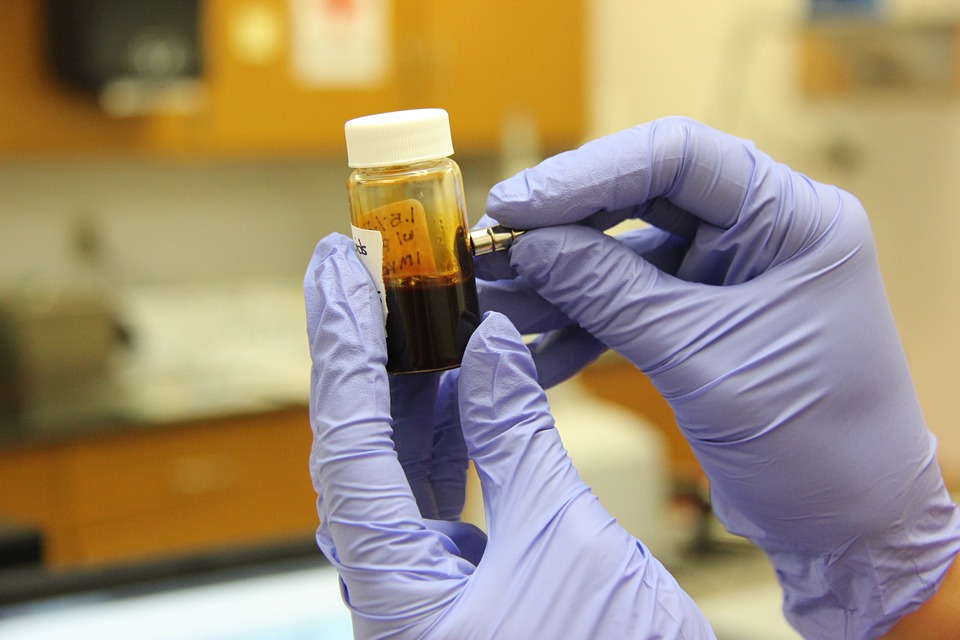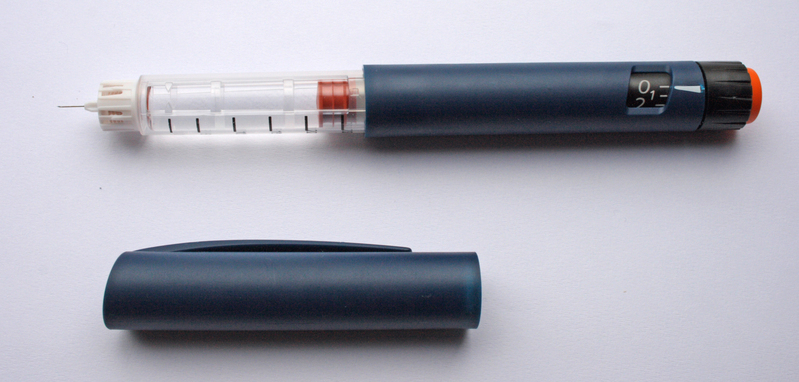It’s Possible Scientific Research Could Cause a Widespread Pandemic
Nothing is more important than medical and scientific research. This is especially true of researching infectious diseases that have no cure, such as salmonella, E.coli, Ebola, dengue fever, and many more. These transmittable diseases continue to plague the world, but scientific research is not infallible. What if it’s the research that causes a widespread and potentially lethal outbreak?
Research can be dangerous. In 2007, Britain suffered a foot and mouth outbreak which was blamed on a nearby research facility. Although they claimed to not be at fault, third-party scientists accused the Pirbright laboratory in Surrey for the virus outbreak, which infected the bovines at a nearby farm. It’s said the virus traveled on the wind, which means the laboratory workers weren’t doing an effective job of containing the virus.

How Do Outbreaks Happen?
The experts at Pacific BioStorage, a leading biomedical storage and transport company, note that control and communication (across all departments) help ensure success. Somewhere along the lines, these scientists dropped the ball, and that’s what caused the outbreak. Regulatory compliance, established policies and procedures, and attention to detail help ensure that an outbreak won’t occur.
Not all research facilities recognize the benefits of allowing a third-party company to store and transport samples. It’s these labs, that handle everything in-house, that pose a threat to society. Consider that they could be transporting Ebola, a disease “that can kill up to 90 percent of the people who catch it…”
In the Scientific American article, “Bio-Unsafety Level 3: Could the Next Lab Accident Result in a Pandemic?” it’s noted that “someone in the CDC’s influenza division had accidentally contaminated a vial of a relatively mild bird flu virus with the worst one known, H5N1. The Atlanta-based CDC then shipped the vial to unsuspecting researchers at the U.S. Department of Agriculture’s Southeast Poultry Research Laboratory up the road in Athens, GA., who used its contents to infect some unlucky chickens.”
Some chickens were infected, but no person was infected. The lab got lucky and the whole thing was chocked up to human error; however, this human error could have resulted in a pandemic. That’s real cause for concern for average people who don’t deserve their tax dollars to fund a widespread, killer outbreak.
So, What Can Be Done?
The most important thing is that scientists are careful. Laboratories must meet government regulations for safety and security, but also take additional measures to protect samples. This is especially true in laboratories where new strains are developed.
Ron Fouchier, a researcher at Rotterdam’s Erasmus Medical center, faced criticism in 2011 when he developed new variants of H5N1 bird flu. Critics of his work claimed that terrorists could get their hands on his work, and then use it to cause a widespread outbreak of the fast-traveling and deadly disease. The government intervened because the benefits of his research outweighed the risks, and Fouchier has continued his research; however, under greater government sanctions and rules.
Scientists absolutely must recognize and acknowledge that pandemic is a real concern. They must be prepared for contamination or outbreak, and have a strategy for re-taking control and be containing it. If not, they’re simply not prepared to handle such dangerous specimens. There should be preparation and response guidelines, as well as ethical guidelines for all departments and communication should follow a protocol too.
The goal of researching scientists is to keep humanity safe; to treat and cure these preventable diseases. However, there is very real concern that they may cause the pandemic that infects us all. Because of that, the government absolutely must establish legal parameters and regularly inspect laboratories. Better yet, the government should employ someone to stay on-site at all times to monitor the activities of these scientists, as well as they should employ the services of qualified biomedical storage facilities and transporters.


